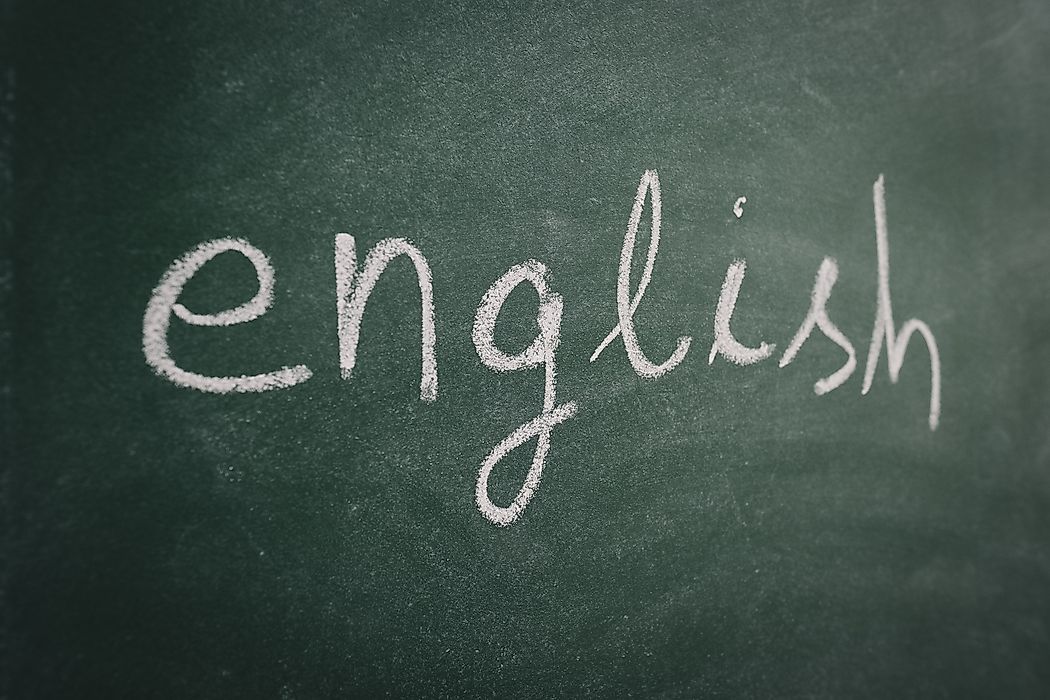English Speaking Countries in Europe

We live in a society that is always in the midst of progressive change and development. The interactions that occur within the modern marketplace have increasingly linked people together from between different countries, and this constitutes a greater need for multilingual communication abilities between these peoples. During the course of such processes, the English language has become an internationally important one in the business world. As Dorie Clark stated in a Forbes magazine article, “English will maintain and grow its dominance, moving from ‘marker of the elite’ in years past to ‘a basic skill needed for the entire workforce, in the same way the literacy has been transformed in the last two centuries from an elite privilege into a basic requirement for informed citizenship’”. From Eurostat data, we have taken a look at the European countries where English as a second language is most widely taught in secondary school.
Countries with Students the Most Proficient in English
In this day and age, students from around the world are learning English, and it has become a mainstay within many curricula. Children from all over study English in schools from early ages, and the global population of fluent English-speakers is constantly growing still. In 2012, the five European countries with the highest percentages of pupils learning English as a second language were the Czech Republic, Malta, the Netherlands, Sweden, and Liechtenstein. All of these countries have well-developed economies with healthy international relations. They are major participants in the global marketplace, and many of their students participate in exchange programs in English-speaking countries as well.
Countries with the Lowest English-Language Penetration
At the opposite end of the spectrum, the five European countries with the lowest percentages of their pupils learning English as a second language are Cyprus, Hungary, Iceland, Portugal, and Norway. We could say that these countries are having their priorities less based on implementing English language studies as a compulsory subject in schools in comparison with the top five countries with the biggest percentage of pupils learning English, where the language is virtually always found in the curriculum. Other factors that can contribute to this difference could include their respective levels of participation in foreign markets, foreign relations between countries, and how well developed their respective academic systems are in general. It could also be the case that these are countries where students learn a sufficient amount of English during other levels of education (such as primary, preschool, or even tertiary). Although in these countries the percentage of pupils learning English is not as complete as in others, Cyprus, Hungary, and Iceland can still claim to have between 70% and 90% of their secondary school pupils learning English.
For a better perspective, let’s take Cyprus, near the bottom of the list, and place it in a head-to-head comparison with the Czech Republic, which stands as a regional leader. The difference between the two countries is actually rather small, at 89.9% and 100% of their secondary students learning English, respectively. On the other hand, if we compare Cyprus with the two outliers on the very bottom, then we see a much bigger difference. In fact, the percentages, of students learning English in Norway and Portugal are rather low, at 43% and 53.1%, respectively.
Multilingual Proficiency is Vital across the Globe
With the ongoing evolutions of foreign relations and market place dynamics globally, even in Europe countries with the lowest rates of pupils learning English today, such numbers likely will be increasing in the coming years. Around the globe, almost everywhere you go, whether on vacation or on business trips, English language proficiency can prove to be a helpful tool. Those with English as a first language must adapt to global multilingual trends, and the faster the better. Learning English from an early age could very well be key to better communication and job opportunities throughout life, and the same is true for other internationally important languages, such as Mandarin, Japanese, Spanish, and German. Since a child is typically able to learn languages much faster and better than an adult, multilingual interventions early in life should be goals of educational systems and parents everywhere.
Countries With The Highest Level Of English Education
| Rank | Country | % of Secondary School Students Learning English |
|---|---|---|
| 1 | Czech Republic | 100.0 % |
| 2 | Malta | 100.0 % |
| 3 | Netherlands | 100.0 % |
| 4 | Sweden | 100.0 % |
| 5 | Liechtenstein | 100.0 % |
| 6 | Romania | 99.9 % |
| 7 | France | 99.7 % |
| 8 | Austria | 99.6 % |
| 9 | Finland | 99.6 % |
| 10 | Turkey | 99.4 % |
| 11 | Croatia | 99.2 % |
| 12 | Slovakia | 98.8 % |
| 13 | Latvia | 98.6 % |
| 14 | Slovenia | 98.1 % |
| 15 | Luxembourg | 97.9 % |
| 16 | Spain | 97.7 % |
| 17 | Estonia | 95.8 % |
| 18 | Italy | 95.5 % |
| 19 | Belgium | 95.4 % |
| 20 | Germany | 94.7 % |
| 21 | Greece | 94.1 % |
| 22 | Poland | 93.7 % |
| 23 | Lithuania | 93.4 % |
| 24 | Denmark | 91.1 % |
| 25 | Bulgaria | 90.0 % |
| 26 | Cyprus | 89.9 % |
| 27 | Hungary | 79.1 % |
| 28 | Iceland | 72.5 % |
| 29 | Portugal | 53.1 % |
| 30 | Norway | 43.0 % |











